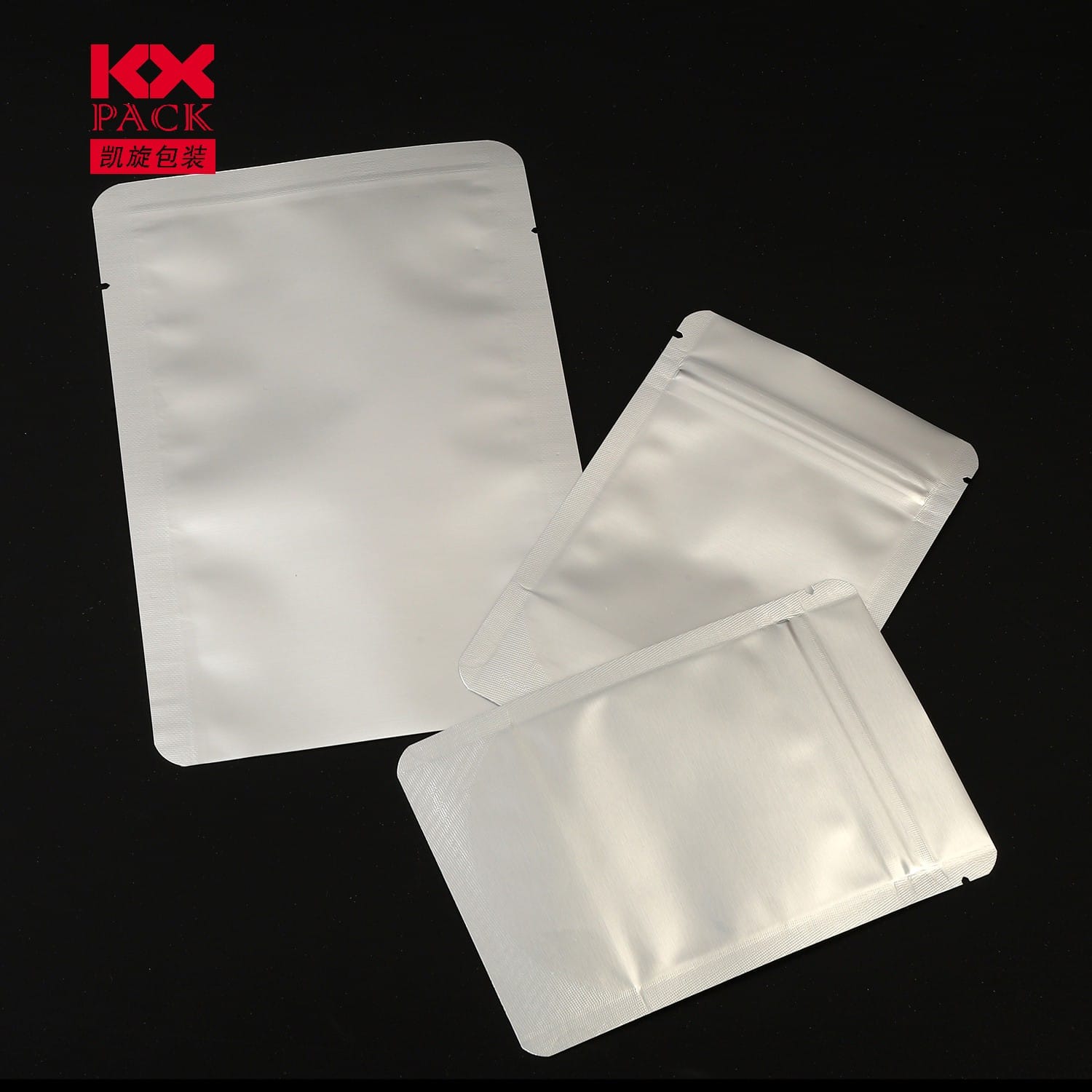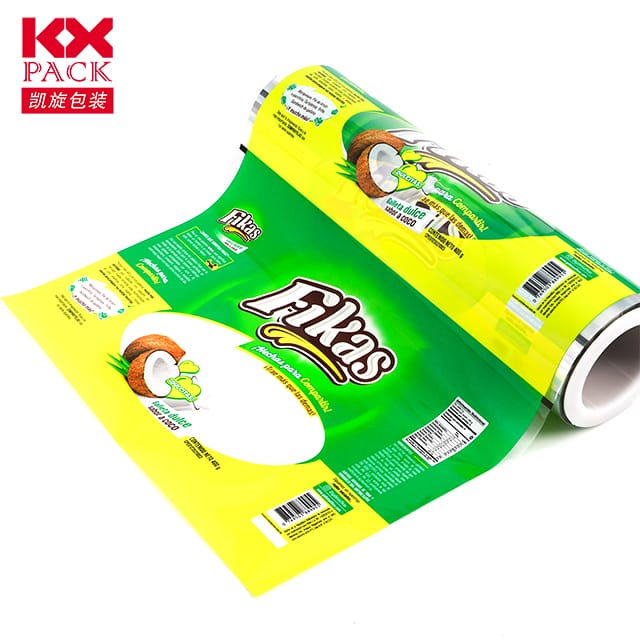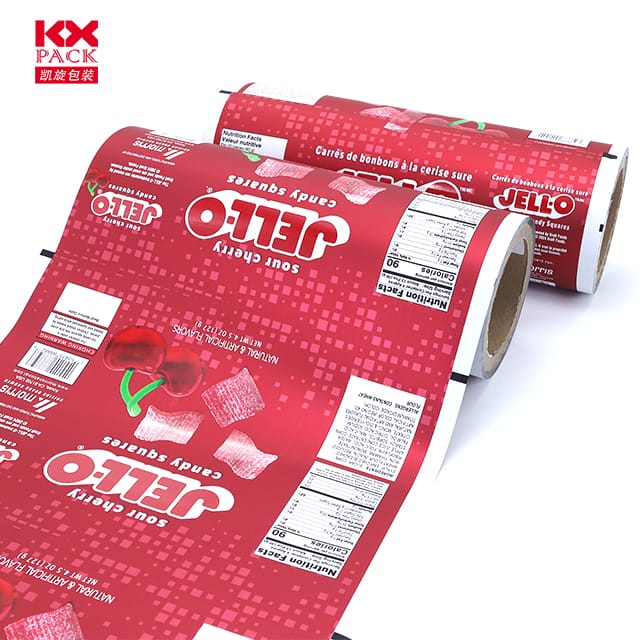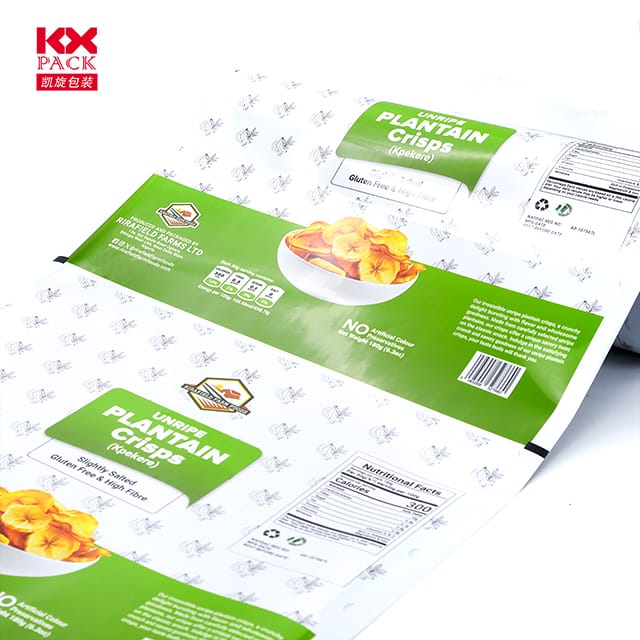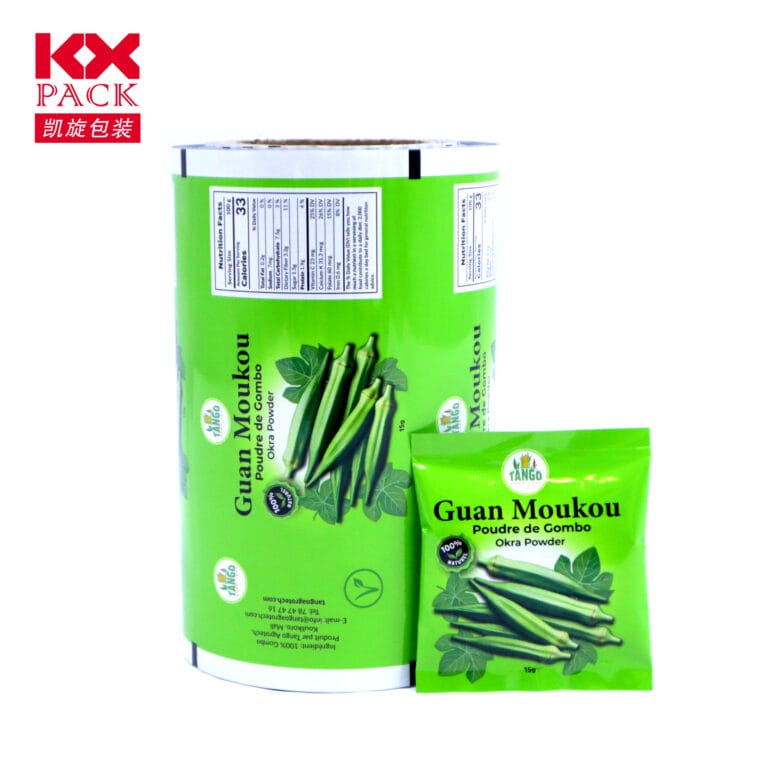Powstanie automatycznych rolek folii opakowaniowych: Rewolucjonizuje wydajność w nowoczesnych gałęziach przemysłu
Automatyczne bułki filmowe opakowania
In today’s fast-paced manufacturing landscape, Automatyczne bułki filmowe opakowania have emerged as a game-changer, zmienia sposób, w jaki firmy usprawniają działalność, zmniejszenie ilości odpadów, i sprostać zmieniającym się wymaganiom konsumentów. Od gigantów branży spożywczej po centra realizacji handlu elektronicznego, te inteligentne materiały na nowo definiują efektywność pakowania. Poznajmy ich technologię, korzyści, and why they’re becoming indispensable across industries.
What Are Automatic Packaging Film Rolls?
Automatic packaging film rolls are pre-engineered rolls of flexible material (NP., polietylen, polipropylen, or biodegradable films) designed to work seamlessly with automated packaging machinery. These systems use sensors, servo motors, and software to measure, cięcie, and seal the film with precision, eliminating manual intervention. Kluczowe funkcje obejmują:
- Pre-Perforated Designs: For easy tearing or portion control.
- Anti-Static Coatings: Preventing dust attraction in electronics packaging.
- UV-Resistant Layers: Extending shelf life for outdoor products.
- Customizable Widths/Thicknesses: Adapting to diverse product dimensions.
Core Technologies Driving Automation
- Smart Sensors & AI Integration
Modern film rolls incorporate embedded sensors that communicate with packaging machines to adjust tension, speed, and sealing temperature in real time. Na przykład, Bosch’s Pack 403 uses AI algorithms to optimize film usage, reducing material waste by up to 30%.(Automatyczne bułki filmowe opakowania) - Self-Adhesive & Pre-Laminated Films
Advanced adhesives eliminate the need for additional glue or heat sealing, speeding up processes. Marki lubią Amcor offer pre-laminated films with barrier properties (NP., tlen, odporność na wilgoć) for perishable goods. - Sustainable Innovations
- Filmy biodegradowalne: Made from cornstarch or sugarcane, these decompose within 180 dni (NP., NatureWorks’ Ingeo).
- Treści z recyklingu: Films with up to 50% poddane recyklingowi pokonsumenckiemu (PCR) Plastikowy are gaining traction in eco-conscious markets.(Automatyczne bułki filmowe opakowania)
Why Industries Are Switching to Automated Film Rolls
- Cost Efficiency
- Labor Savings: Automated systems cut manual packaging time by 60–80%, freeing staff for higher-value tasks.
- Material Optimization: Precision cutting reduces film overuse, lowering costs per unit. A bakery in Germany reported a 22% annual savings after switching to automated rolls.
- Speed & Scalability
High-speed machines can wrap 120+ products per minute, ideal for peak seasons like holidays or Black Friday sales. Amazon’s fulfillment centers use automated film systems to process millions of parcels daily. - Wzmocniona ochrona produktu
- Tamper-Evident Seals: Critical for pharmaceuticals and cosmetics.
- Custom Venting: For fresh produce, preventing condensation while maintaining freshness.
- Zróżnicowanie marki
Clear, glossy films or matte finishes with high-resolution printing elevate shelf appeal. Coca-Cola’s “Share a Coke” campaign used customized film rolls to print names on bottles at scale.
Top Applications Across Industries
| Industry | Use Case |
|---|---|
| Żywność & Napój | Wrapping fresh meat, ser, or baked goods with modified atmosphere packaging (MAPA). |
| E-commerce | Protecting fragile items (NP., elektronika) with bubble-wrapped film rolls. |
| Farmaceutyki | Blister packaging for pills, ensuring sterility and child resistance. |
| Rolnictwo | Sealing hay bales or fertilizer bags to prevent moisture damage. |
Trendy rynkowe & Przyszłe perspektywy
- Global Growth: The automatic packaging film market is projected to reach $45.2 miliard przez 2032, driven by Asia-Pacific’s booming manufacturing sector.
- Circular Economy: Brands are investing in closed-loop recycling systems for film waste. Na przykład, Dow’s RecycleReady technology allows mixed plastics to be recycled into new films.
- IoT Connectivity: Future films may include RFID tags for real-time tracking of inventory and expiration dates.
Challenges to Address
- Initial Investment: High costs of automated machinery (NP., 50,000–200,000 per line) deter small businesses.
- Supply Chain Volatility: Raw material shortages (NP., resin) can disrupt production.
- Infrastruktura recyklingu: Only 9% of plastic waste is recycled globally, highlighting the need for better collection systems.
Wniosek: The Future Is Automated (and Sustainable)
Automatic packaging film rolls are no longer a luxury—they’re a necessity for businesses aiming to stay competitive in a resource-constrained world. By combining speed, precision, and eco-friendliness, these materials are paving the way for smarter, greener supply chains.
Ready to upgrade? Start by auditing your current packaging process for inefficiencies, then explore vendors likeUszczelnione powietrze LubJagoda globalna for customized solutions. Your bottom line—and the planet—will thank you! 🌍📦

